


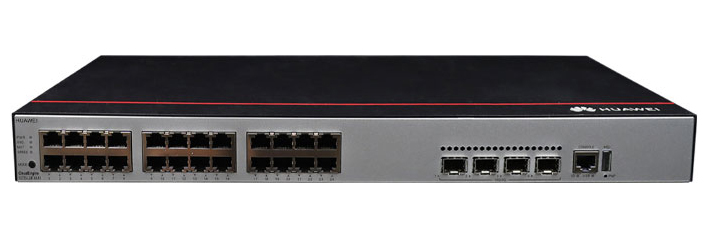
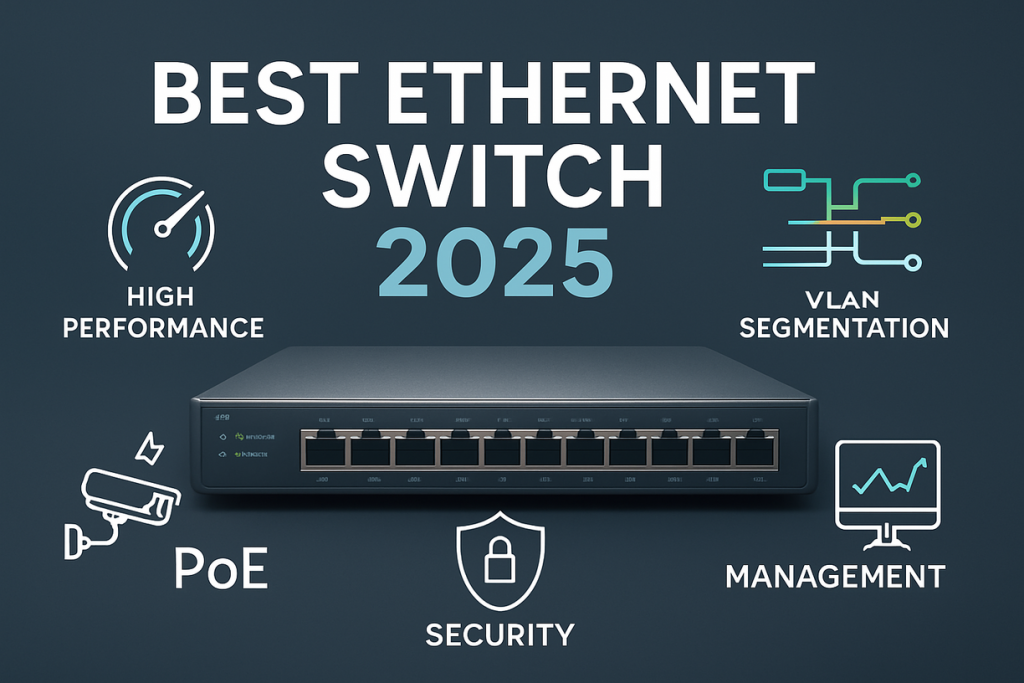
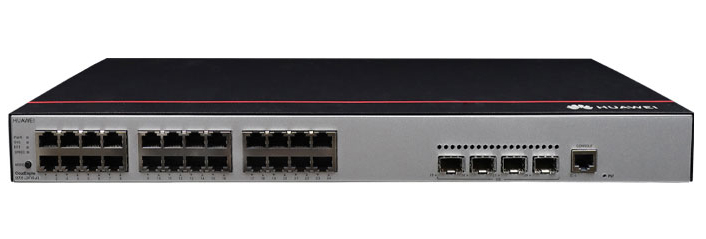
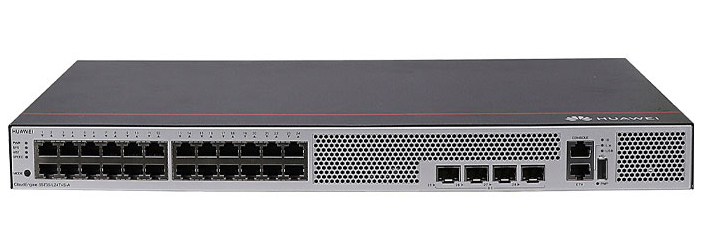
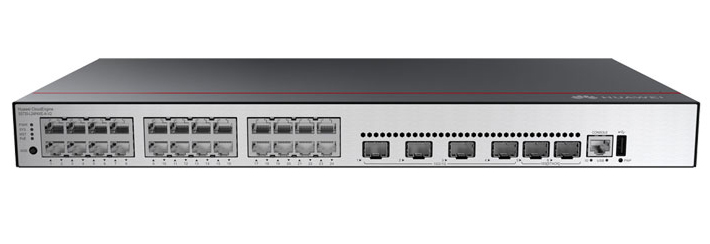
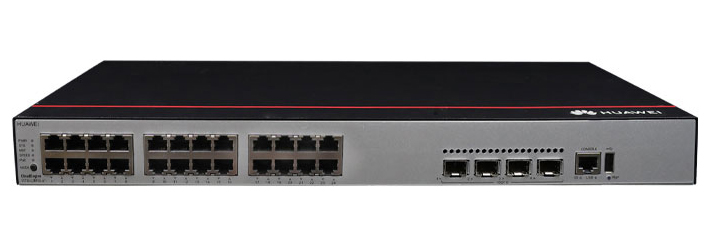

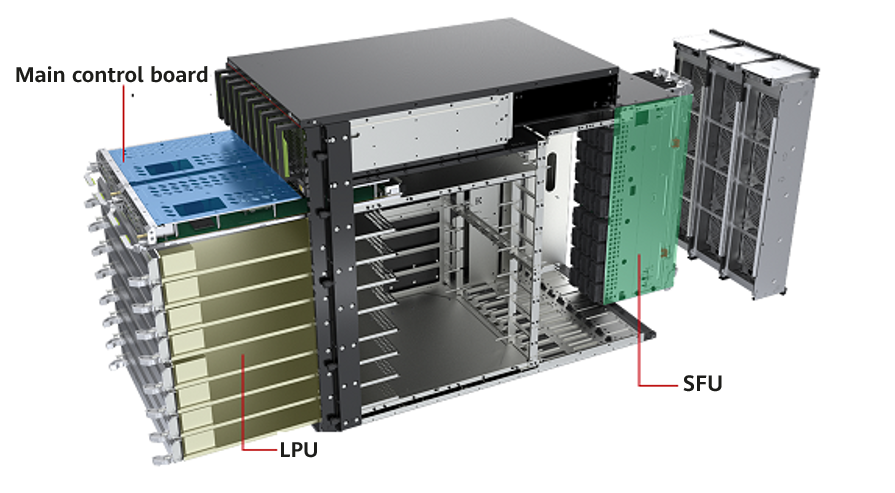

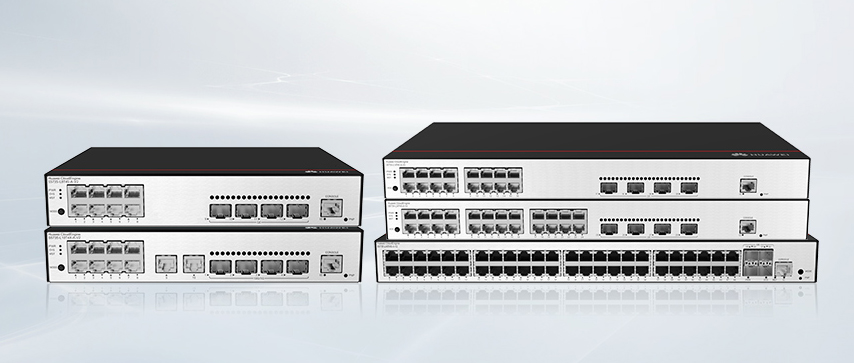
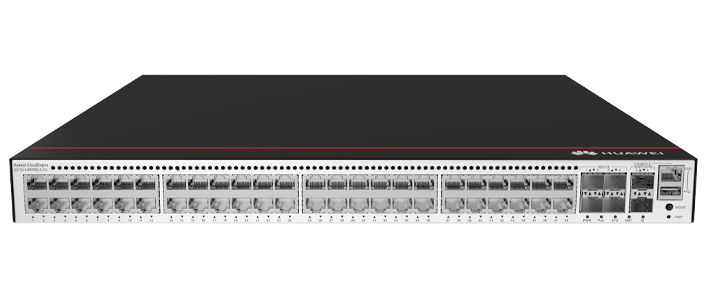


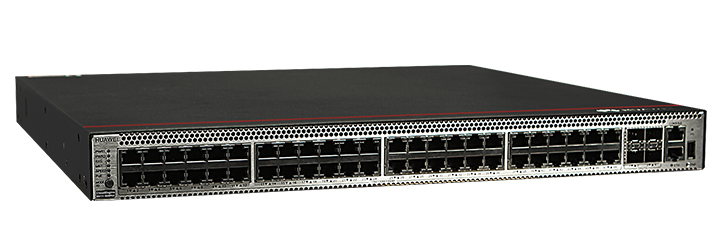
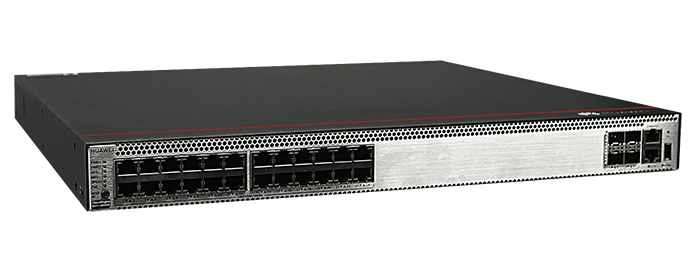
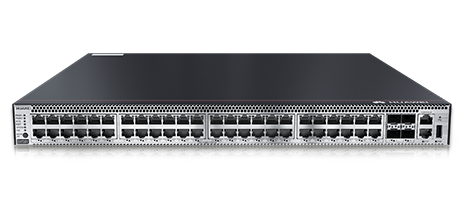
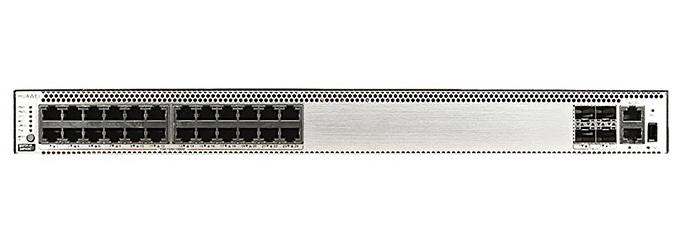
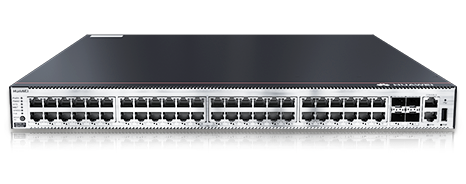
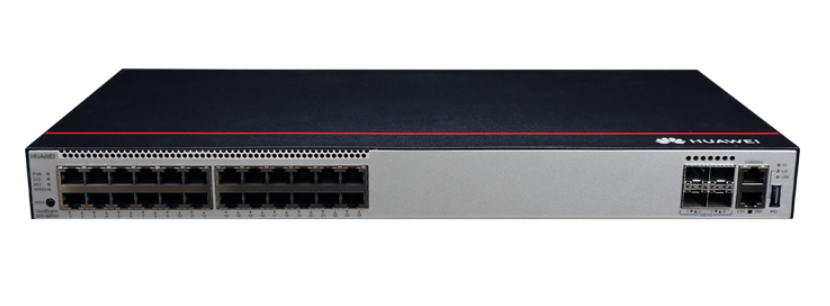
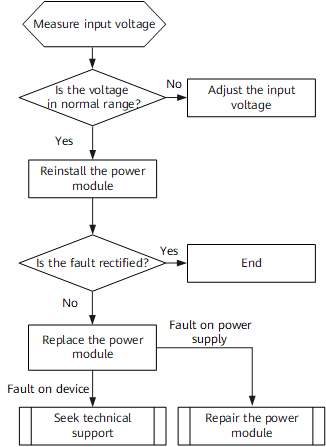

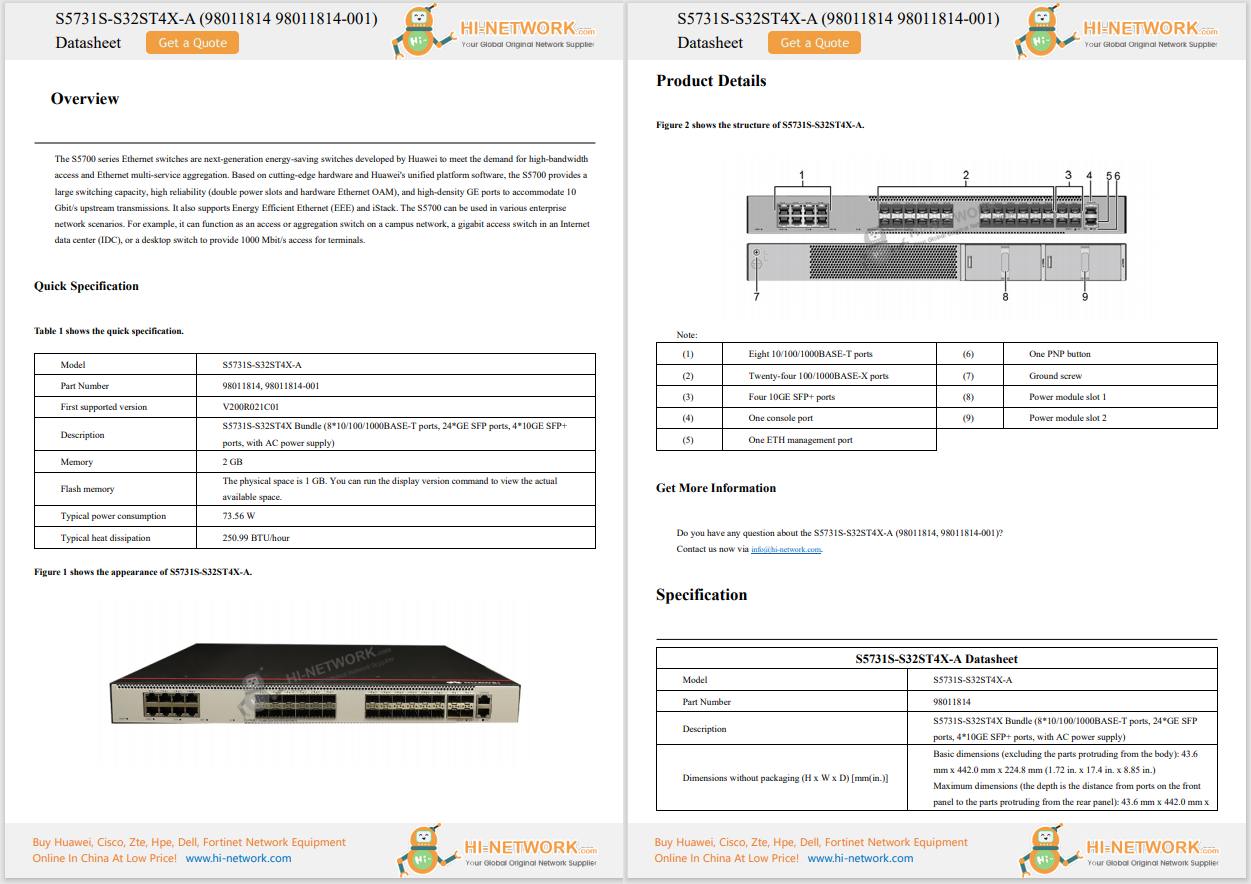
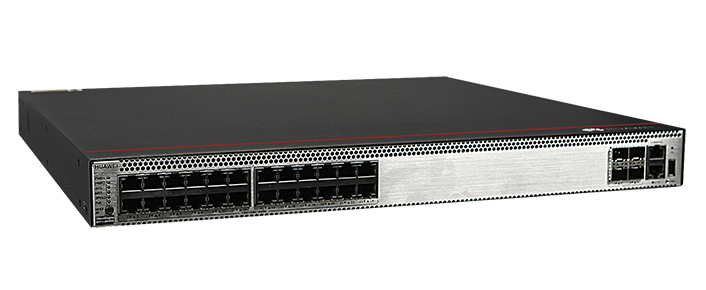


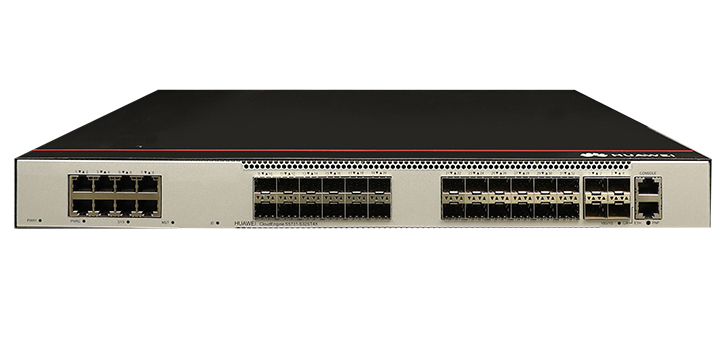
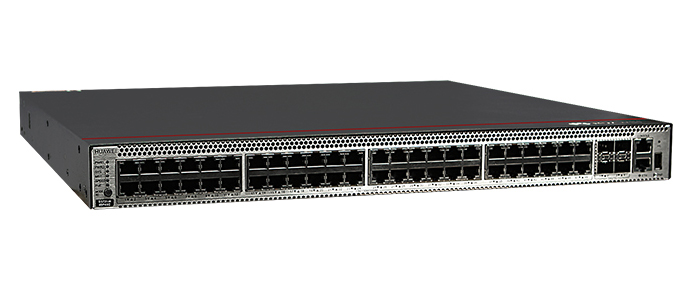
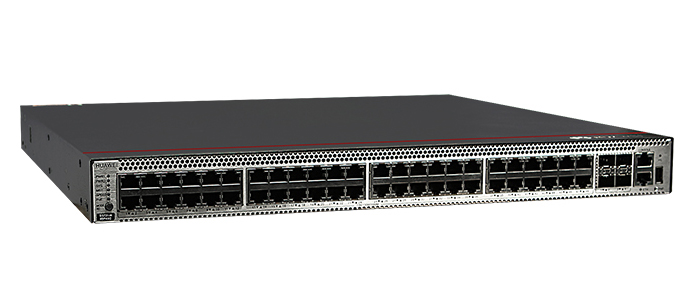

Even in demanding, high-density environments, Wi-Fi 7 delivers speed, efficiency, and rock-solid reliability. At the crux of this breakthrough in wireless connectivity is the Multiple Resource Unit (MRU) feature and the way that Wi-Fi 7 integrates MRU to augment the Orthogonal Frequency Division Multiple Access (OFDMA) framework.
Originally introduced in Wi-Fi 6, OFDMA enables dynamic allocation and independent modulation of subcarriers across frequency resources, facilitating concurrent transmissions to multiple client devices. In this blog, we illustrate how MRU advances this methodology by implementing refined interference suppression mechanisms and optimizing multi-user scheduling.

 Figure 1: Wi-Fi 6 vs. Wi-Fi 7 RU support comparison
Figure 1: Wi-Fi 6 vs. Wi-Fi 7 RU support comparisonBy selectively excising interfered spectral segments, MRU ensures that transmissions are confined to interference-free subchannels, thereby maximizing effective throughput and link reliability in congested radio frequency (RF) environments. One way to visualize this is to imagine a busy freeway where each vehicle represents a data packet. OFDMA, as introduced in Wi-Fi 6, is like redesigning the highway with multiple lanes that allow many cars to travel side by side, each heading to its own destination. Now, with MRU in Wi-Fi 7, it's as if the highway can intelligently guide vehicles into express lanes to further reduce congestion and ensure a smooth journey for all-even in heavy traffic.
This optimization is accomplished through punctured resource units (RUs), which are structured aggregations of 78.125 kHz-wide subcarriers. These individual RUs are assigned to different stations, allowing wireless access points to serve each of them simultaneously during uplink and downlink transmissions. MRU is in effect when many RUs are assigned to a single user. This allows for the aggregation of RUs of varying sizes to better match data transmission needs.

 Figure 2: Sample RU allocations per station in Wi-Fi 6 and Wi-Fi 7
Figure 2: Sample RU allocations per station in Wi-Fi 6 and Wi-Fi 7MRU configurations are classified into small (< 242) and large (> 242). Small MRU configurations include 52+26-tone and 106+26-tone groupings, wherein "tone" denotes the subcarrier or small frequency segment into which the available spectrum is divided. Large MRU configurations comprise combinations such as 484+242-tone, 996+484-tone, 996+484+242-tone, 2×996+484-tone, 3×996-tone, and 2×996+484-tone.
This results in more efficient user allocation and bandwidth utilization. For instance, in 11ax with a 20 MHz channel (totaling 242 tones), when two clients each use 106 tones, the total utilization is (106×2)/242 = ~88%. In contrast with Wi-Fi 7, if one client is assigned RU106 and another is allocated MRU106+26, the total utilization increases to (106×2+26)/242 = ~98%.

 Figure 3: Allowed 106+26-tone MRUs in an OFDMA 20 MHz PPDU
Figure 3: Allowed 106+26-tone MRUs in an OFDMA 20 MHz PPDUTo conduct this evaluation, we used a Cisco Wireless 9178I Access Point connected to a Cisco Catalyst 9800 Series Wireless LAN Controller (WLC) running firmware version 17.15.2. The 9800 Series provides centralized control and greater visibility over traffic segmentation, user access, and security. The test environment consists of 4x Wi-Fi 7 and 4x Wi-Fi 5 stations (STAs). This diverse mix allows us to assess how different wireless standards handle congestion and latency.

 Figure 4: System overview and test infrastructure
Figure 4: System overview and test infrastructureTo put MRU to the test, we simulate a high-traffic scenario on each bandwidth.
We generate user datagram protocol (UDP) full buffer traffic, creating network congestion by continuously pushing data to the access point on Wi-Fi 5 STAs. This replicates a real-world environment where multiple devices compete for bandwidth, allowing us to analyze the impact of MRU on latency. We then generate 750 Kbps real-time transport protocol (RTP) downlink and uplink traffic streams, mimicking real-time applications like voice and video streaming.
To quantify performance improvements, we measure latency in milliseconds (ms) across three different configurations or combinations of channel bandwidth:
Even with just four MRU-capable STAs, we consistently observe lower latency in both downlink and uplink directions. The improvements reach approximately 55% in downlink and 48% in uplink when using a 320 MHz channel.
Figure 6: Uplink latency (ms) for different bandwidths
MRU revolutionizes next-generation wireless connectivity by boosting efficiency, increasing speed, and ensuring enhanced reliability-even in high-density environments such as offices, airports, and stadiums, as well as IoT networks with cameras and sensors. By complementing 5G, it strengthens indoor wireless connectivity where 5G signals may be weaker. Additionally, MRU unlocks seamless experiences for applications requiring ultra-low latency, including augmented reality (AR), virtual reality (VR), and cloud gaming.
All Cisco Wi-Fi 7 access points, including CW9178I and CW9176I, along with Cisco Catalyst 9800 Series Wireless Controllers, fully support multi-RU functionality starting with the IOS XE 17.15.2 release-and provide centralized control for greater visibility, faster troubleshooting, and ease of management.
Explore the Wi-Fi 7 implementation guide to learn
more about the future of wireless design.
Learn more about Cisco Wireless Wi-Fi 7 access points and Cisco Catalyst 9800 Series Wireless Controllers.
 Hot Tags :
Wi-Fi
Cisco Wireless
Cisco Wi-Fi
#wireless
OFDMA
Wi-Fi 7
#Cisconetworking
Cisco Wireless Access Points
Hot Tags :
Wi-Fi
Cisco Wireless
Cisco Wi-Fi
#wireless
OFDMA
Wi-Fi 7
#Cisconetworking
Cisco Wireless Access Points